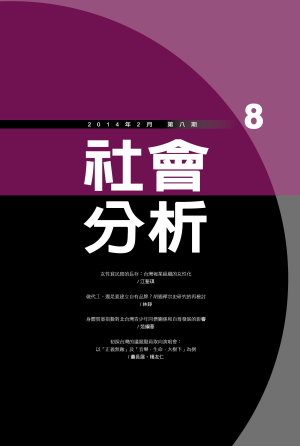Hot News

- 出版單位:東吳大學社會系;輔仁大學社會系;世新大學社會心理學系
| 中文篇名 |
女性貧民窟的長存:台灣報業組織的女性化 免費試閱 | |
|---|---|---|
| 英文篇名 |
Sustaining The Women's Ghetto: Feminization of Newspaper Organizations | |
| 作者 | ||
| 中文摘要 |
本文主要想探究女性在職場上至今仍無法逃脫被邊緣化、矮化、弱勢化的原因。本文以NotT Daily的婦女版為研究個案。透過NotT Daily,特別是婦女版的女性從業者的深度訪談,從這個個案中我們發現,除了傳統的「性別化」操作,這類組織另一方面也透過「女性化」某些單位,來強化性別區隔,讓所謂的「女性貧民窟」得以鞏固,讓組織內部的水平區隔乍看還是以性別作為分界線,然而事實上,勞動組織內水平區隔的性別內涵已和十幾二十年前有所區別。 | |
| 英文摘要 |
This paper aims to explore the reasons why women are still unable to escape from marginalized, belittling and disadvantaged positions at work. Previous studies on gender and women’s employment have acknowledged that the gendered construction of labour has either excluded women from the labour market or restricted them to the middle or bottom of the power structure within work organizations. | |
| 關鍵詞 |
女性化、性別化組織、報業工業、feminization、gendered organizations、newspaper industry | |
| 刊名 | ||
| 期數 | ||
| 起訖頁 |
001-045 | |
| 出版單位 |
東吳大學社會系;輔仁大學社會系;世新大學社會心理學系 | |
| DOI | ||
| QRCode |
| |
| 下一篇 |


